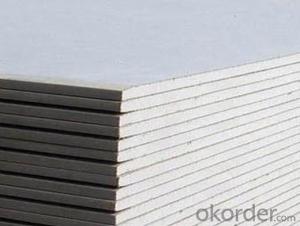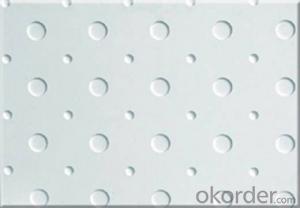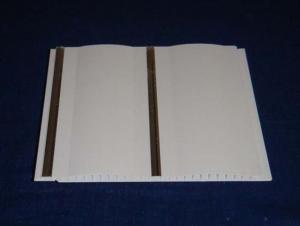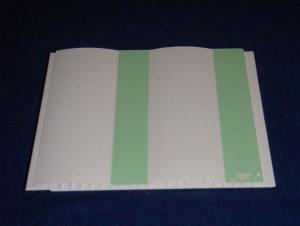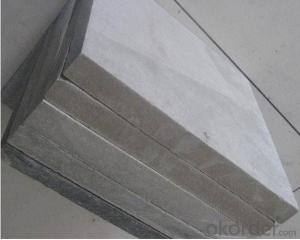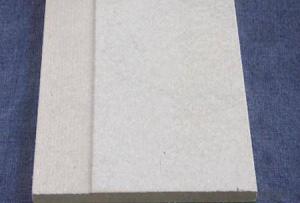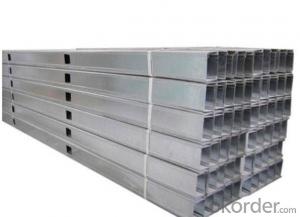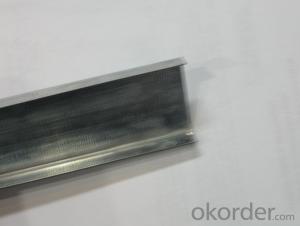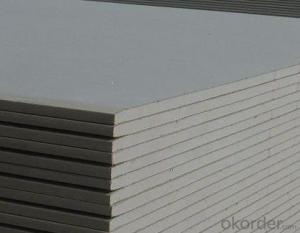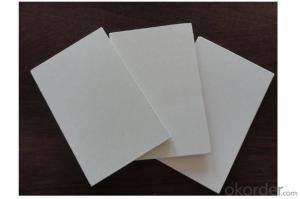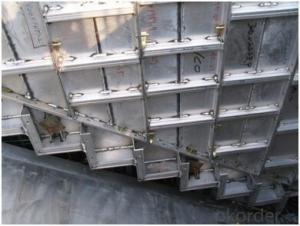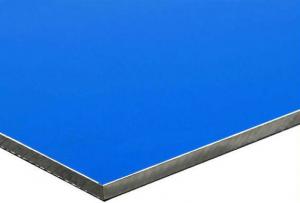Aluminum Plate Wall Panels
Aluminum Plate Wall Panels Related Searches
Best Inverter For Solar Panels Inverter Box For Solar Panels Inverter For Solar Panels Cost Fiberglass Panels For Roofing Foam Panels For Building Wall Lights For Bedrooms Geogrid For Retaining Wall Tar Paper For Roofing Wall Spotlight With Plug Woven Steel Mesh PanelsHot Searches
Steel Mesh Panels For Sale Price For Stainless Steel Scrap Scrap Price For Stainless Steel Price For Stainless Steel Stainless Steel Tank For Sale Cheap High Tea Sets For Sale Stainless Steel Tanks For Sale Stainless Steel For Sale High Density Fiberboard For Sale Solar Hot Water Collectors For Sale Scaffolding For Sale In Uae Scaffolding For Sale In Ireland Scaffolding For Sale In Houston Type Of Inverter For Solar Price Of Shipping Containers For Sale Types Of Inverter For Solar Stock Price For Aluminum Used Solar Inverter For Sale Portable Led Signs For Sale Steel Mesh Panels For SaleAluminum Plate Wall Panels Supplier & Manufacturer from China
Okorder.com is a professional Aluminum Plate Wall Panels supplier & manufacturer, offers integrated one-stop services including real-time quoting and online cargo tracking. We are funded by CNBM Group, a Fortune 500 enterprise and the largest Aluminum Plate Wall Panels firm in China.Hot Products
FAQ
- could aluminum sheet be attracted by magnet?
- no, it couldn't.
- An aluminum sheet is a flat piece of aluminum that is typically rectangular in shape and has a consistent thickness. It is made from aluminum, which is a lightweight and versatile metal known for its corrosion resistance and high strength-to-weight ratio. Aluminum sheets are commonly used in various industries and applications, such as construction, transportation, aerospace, and manufacturing. They can be further processed, cut, shaped, or formed to meet specific requirements. Aluminum sheets are available in different grades and finishes, including smooth, brushed, and textured surfaces, providing a wide range of options for different uses.
- How is the coated aluminum mirror plate produced?
- 2) film coated material:The use of film industry categories are as follows:LG high gloss film, the surface effect of glittering and translucent, colorful, long-term discoloration. Soft feel, colorful surface design, environmental protection, moisture-proof, anti-corrosion, easy to clean, light weight, good fire resistance. At present, the best laminating products, high prices, life expectancy in 20-30 yearsOther imported films, domestic pearlescent film covered aluminum pinch plate, import pearlescent film covered aluminum pinch plate, LG pearl covered aluminum pinch plate (covered aluminum gusset plate, in turn, the service life and performance gradually increased)The thickness of domestic film is usually between 0.1-0.3 mm. Generally well-known brands of substrate thickness between 0.1-0.2 mm. Thicker board, visual effects are more broad, but not the thicker the better, more than 0.6 millimeters enough, the average well-known brand of coated panels thickness of about 0.7 millimeters. The simplest way to gauge the thickness is to hold it up and see if the board is resilient. Some businesses say their boards are thick, but they quiver in a flash; some boards are thick enough, but a large proportion is the thickness of the film being covered. The film thickness can be observed from the kerf plate. But the exact thickness must be measured by calipers, and the visual or hand handling errors are relatively large.
- Aluminum sheets can be joined using a variety of methods, each with its own benefits and suitability for specific applications. These methods include: 1. Welding: Tungsten Inert Gas (TIG) welding, Metal Inert Gas (MIG) welding, and Resistance Spot Welding (RSW) are all techniques that can be used to join aluminum sheets. TIG welding is commonly chosen for thin sheets due to its precise control and high-quality results. MIG welding, on the other hand, is faster and more suitable for thicker sheets. RSW creates strong welds in a short amount of time by using localized heat and pressure. 2. Adhesive bonding: Adhesive bonding involves using specially designed adhesives for joining aluminum. This method provides excellent strength, even distribution of stress, and corrosion resistance. It is often utilized in applications where aesthetics and weight reduction are important, such as in the automotive and aerospace industries. 3. Mechanical fastening: Mechanical fastening methods, such as riveting and bolting, can also be used to join aluminum sheets. Riveting involves deforming a rivet that passes through pre-drilled holes, while bolting uses screws or bolts. These methods are suitable for temporary or semi-permanent joints and offer easy disassembly if needed. 4. Friction stir welding: Friction stir welding is an innovative method that utilizes a rotating tool to generate frictional heat between the aluminum sheets. This creates a plasticized region that is stirred together to form a solid-state weld. Friction stir welding is particularly useful for large and complex aluminum structures, providing high strength and integrity. 5. Clinching: Clinching is a cold-forming process that joins aluminum sheets without the need for heat or additional materials. It involves pressing the sheets together, creating a mechanical interlock and a strong joint. This method is cost-effective, efficient, and suitable for joining dissimilar metals. 6. Laser welding: Laser welding involves using a high-energy laser beam to melt and fuse the aluminum sheets together. It offers precise control, minimal heat input, and high welding speeds, making it suitable for thin and delicate sheets. Laser welding also provides excellent aesthetics and minimal distortion. The choice of joining method depends on various factors, such as application requirements, material thickness, cost considerations, and desired joint strength. Each method has its own advantages and limitations, and selecting the most appropriate method is crucial to ensure a successful and durable joint.
- how to distinguish the physical property of copper sheet from the one of aluminum sheet?
- physical property: copper sheet: golden, heavy, aluminum sheet: white, light.
- Indeed, aluminum sheets prove to be a suitable material for the production of electrical enclosures. Within the manufacturing industry, aluminum is widely utilized due to its versatility and numerous advantages. To begin with, aluminum possesses a unique combination of lightweight properties and strength, making it an ideal choice for constructing enclosures that require durability without the burden of excessive weight. Its strength-to-weight ratio surpasses that of many other metals, allowing for the creation of sturdy enclosures without unnecessary bulkiness. Moreover, aluminum exhibits exceptional resistance to corrosion, a crucial attribute for electrical enclosures that may encounter various environmental conditions, such as moisture, humidity, or corrosive elements. The natural oxide layer present on aluminum acts as a protective barrier, ensuring the enclosures' longevity and reliability. Additionally, aluminum possesses excellent electrical conductivity, a vital characteristic for electrical enclosures. This property facilitates efficient dissipation of heat generated by electrical components, effectively preventing overheating and potential damage to the enclosed devices. Furthermore, aluminum is highly machinable and can be easily molded into different shapes and sizes. This inherent flexibility enables manufacturers to customize the enclosures according to specific requirements, ensuring a perfect fit for the intended electrical components. Finally, when considering cost-effectiveness, aluminum proves to be a more economical choice compared to other metals such as stainless steel or copper. It strikes a balance between affordability and performance, making it an attractive option for the manufacturing of electrical enclosures. In conclusion, the lightweight nature, strength, corrosion resistance, electrical conductivity, machinability, and cost-effectiveness of aluminum sheets make them a highly suitable material for the production of electrical enclosures.
- 101 aluminum sheets possess specific properties that contribute to sound and vibration damping. Aluminum is renowned for its impressive damping characteristics, enabling it to effectively absorb vibrations and decrease noise levels. This is attributed to its high density and stiffness, which facilitate the dissipation of vibrational energy. Moreover, the sound and vibration damping properties of aluminum sheets can be enhanced through the application of coatings or treatments designed for sound-damping purposes. These treatments may include adhesive-backed damping sheets or constrained layer damping materials. By incorporating such treatments, the sound and vibration damping capabilities of 101 aluminum sheets can be further improved. Consequently, these sheets are widely utilized in industries where noise reduction and vibration control play crucial roles, such as automotive, aerospace, and construction.
- how many protons,nuetrons, and electrons are in aluminum?
- Aluminum is element 13, so it has 13 protons. This also means that it normally has 13 electrons (provided it is not in an ionic state). Normally it has 14 neutrons, but may have less or more in various isotopes.

